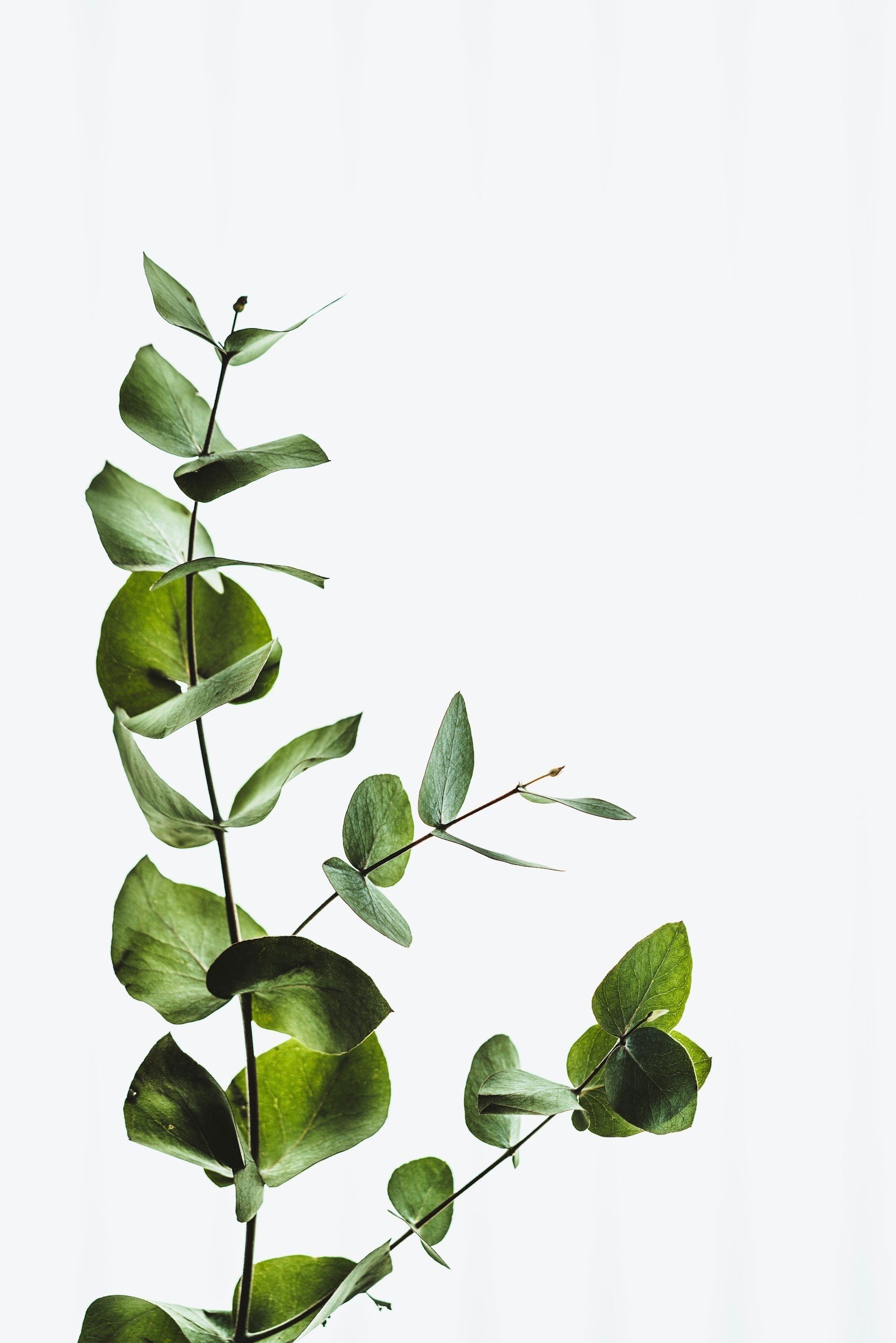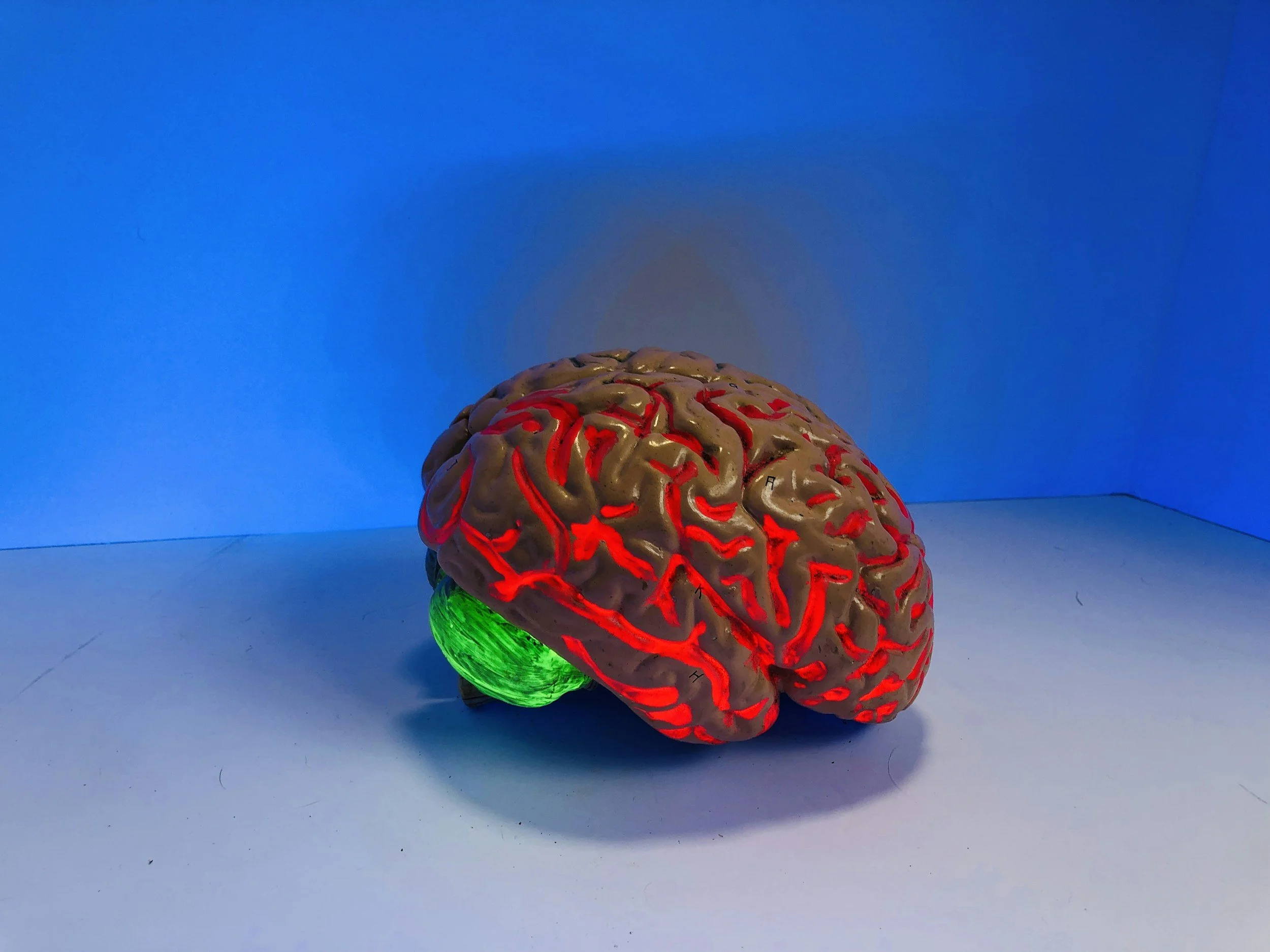
Behind Closed Doors: The Art of Emotional Interior Design
Bring Life Love Into Spaces (BLLIS)
Science-backed, soul-inspiring consulting & education for interior spaces — at home, at work, and everywhere in between.
BLLIS is not typical interior design. It doesn’t involve buying roomfuls of furniture, tearing down walls, or following the latest trends. Instead, BLLIS focuses on understanding the science of our spaces to enhance how we (and others) feel in the space — while making the most of what’s already there.

What We Believe
At BLLIS, we know the data that 90% of life unfolds indoors, behind closed doors. The quality of these spaces affect everything -- your emotions, health, relationships, and creativity. We believe that everyone deserves spaces that enhance well-being, not as a luxury, but as a fundamental right.
A little can go a long way and BLLIS exists to explore the impact intentional and evidence-based interior design techniques can have on our overall health and well-being.
By integrating interior design with neuroscience and nature-inspired principles, we ultimately co-create a plan based on what works while fostering your inner-designer to create meaningful change - simply and sustainably.
What Makes Us Different
Design that feels as good as it looks.
We go beyond aesthetics to optimize for mental clarity, emotional well-being, and productivity.
Biophilic Design: Spaces that reconnect you to nature.
Neuroaesthetics: Visual harmony that calms the nervous system.
Flow Psychology: Environments that make focus and presence effortless.
Gut Instincts: Your body knows what feels good—we listen to it together.

THE JOURNEY
The BLLIS Method
Our signature 9-phase consulting journey transforms how you feel and function in your space—without needing to gut, renovate or start from scratch.
Connect: A free initial session to understand your space and goals.
Collect: Light, insightful exercises to explore how your space impacts your well-being.
Explore: Map what’s working and what’s not—from both a functional and emotional lens.
Vision: Imagine what’s possible, with you in the center of it.
Create Space: Clear clutter to create room for new flow.
Learn: Discover the design principles behind mood-shifting environments.
Co-Create: Design an accessible, intentional plan with you as co-pilot.
Make It Happen: Implement at your pace with ongoing support.
Share: Celebrate changes, reflect, and plant new seeds.
Who’s it for?
Designed for Humans who…
Lead therapy practices or healing spaces.
Want their homes to support growth and calm.
Run teams, community centers, or educational spaces.
Feel overwhelmed, stuck, or disconnected in their current spaces.
An estimated 1 in 4 people from around the world suffer from a mental health condition.
We all know that our environments deeply impact our moods, stress levels, and motivation — WHY NOT explore ways our interior spaces (our rooms, our offices, our community centers, our schools) can bring out the best in us?
BLLIS seeks to elevate mental health through our spaces, collaborations and co-creations. Let’s do better, together!
Source: Kestel, Dévora (2022, October 10). The State of Mental Health Globally in the Wake of the COVID-19 Pandemic and Progress on the WHO Special Initiative for Mental Health (2019-2023). https://www.un.org/en/un-chronicle/state-mental-health-globally-wake-covid-19-pandemic-and-progress-who-special-initiative
Contact us.
Whether you're optimizing a therapy office, reworking a home studio, or building a space that fosters creativity and connection—we're here to help.
Client Stories Extended
Qualitative Feedback x Quantifiable Results
Ana, Lisbon (Portugal)
Ana, Manuel & Pedro’s Home
The living room is the main space in the house, where we eat, watch movies, read, gaming, listen to music. Although it is a big enough room, it was chaotic, messy, and badly divided with an in-between area not used for anything, actually.
I needed a change but felt stuck and unable to change the flow of the room. Did not know where to begin, felt overwhelmed, and lacked the energy for the task.
Lyndsay helped us realize what was wrong, introduced new concepts, and showed us the importance of bringing nature inside, the power of light, and the tiny details that have a huge impact on our daily lives. It took a while to absorb the concept, but then it all made sense, the flow started, and the changes were finally happening. The room now feels better organized, we all got our own private spaces within the same room (even the cats!)
Space utilization increased by ~50%
Kathleen, Ontario (Canada)
Kathleen’s Psychotherapy Office
I feel different. And maybe at the end of the day, that’s the most important thing actually, because in therapy my nervous system regulates their nervous system. I feel very energetically calm in the space. I like it better. I like spending time there now.
Practice enrollment increased by 30% within weeks following space changes
In-person attendance increased by 20% (50% to 60% in-person sessions)
Abby, Ohio (United States)
Abby’s Home
I remember starting this project with you, initially feeling a sense of defeat in this tiny, one-bedroom apartment of mine. I was not aware that the clutter in my space was wafting an air of stress. I told myself the clutter was "functional," when it actually made me dread entering the kitchen where I need to work the most. I dreaded the dining room too, which is where I wanted to work on multiple creative projects but just couldn't bring myself to spend time in the room. The reality is, it was a dysfunctional space. I was resigned to the idea that this is the nature of small apartments: Essence of claustrophobia. You showed me I was wrong.
Free time changes: From Netflix to applying for a new job, restarting meditation practice, restarting reading poetry, and starting “soul-inspiring” creative projects.

